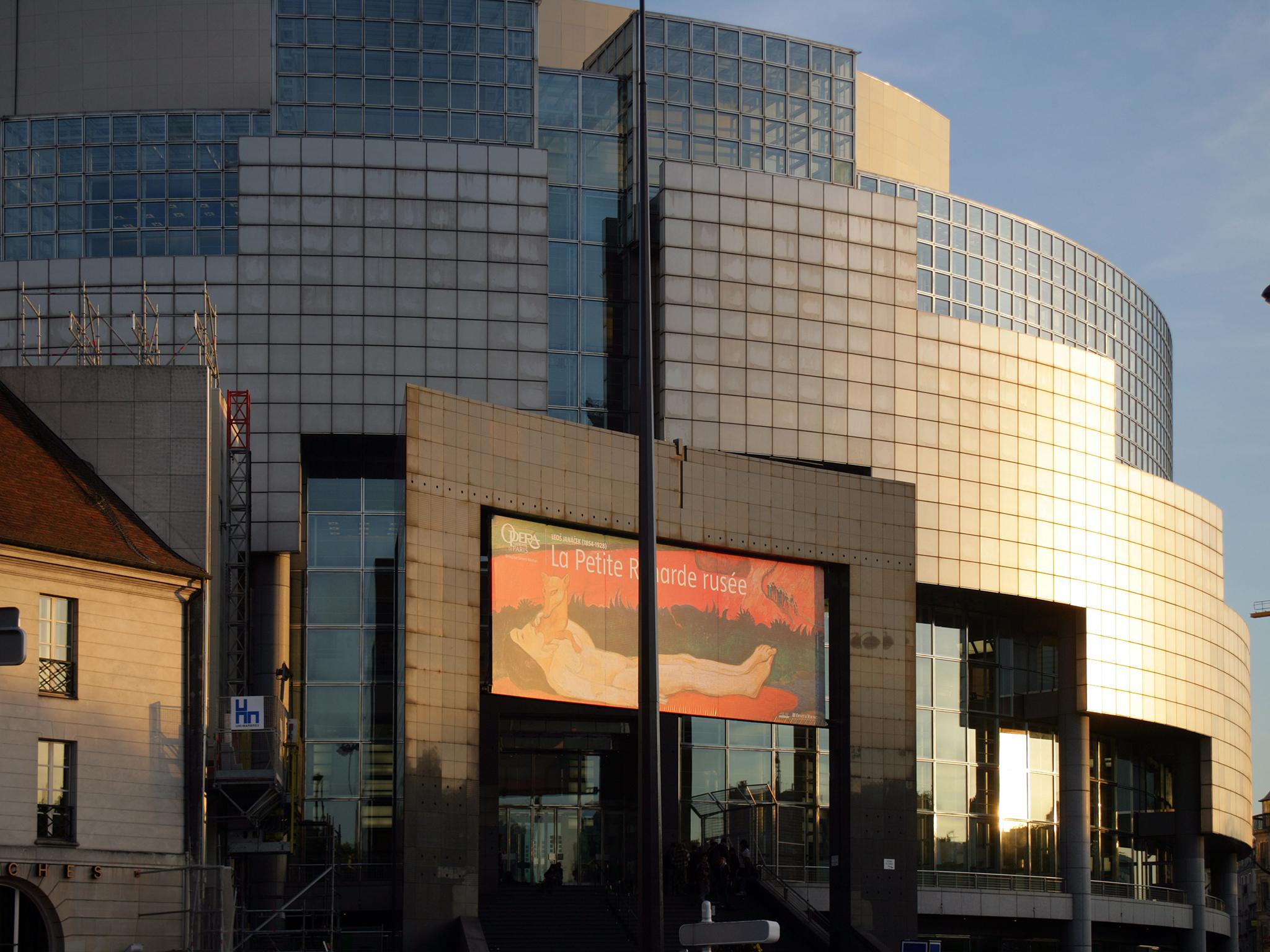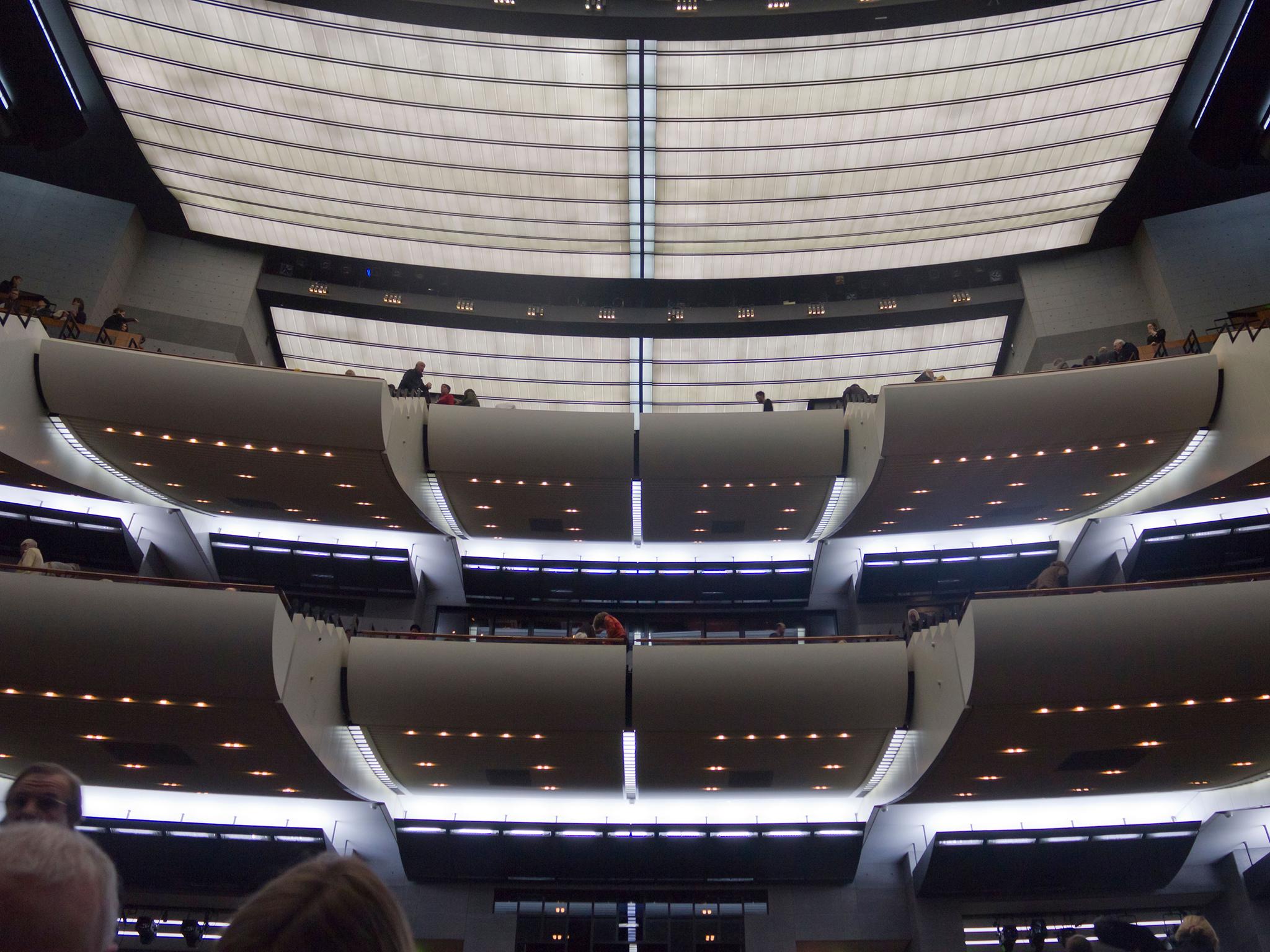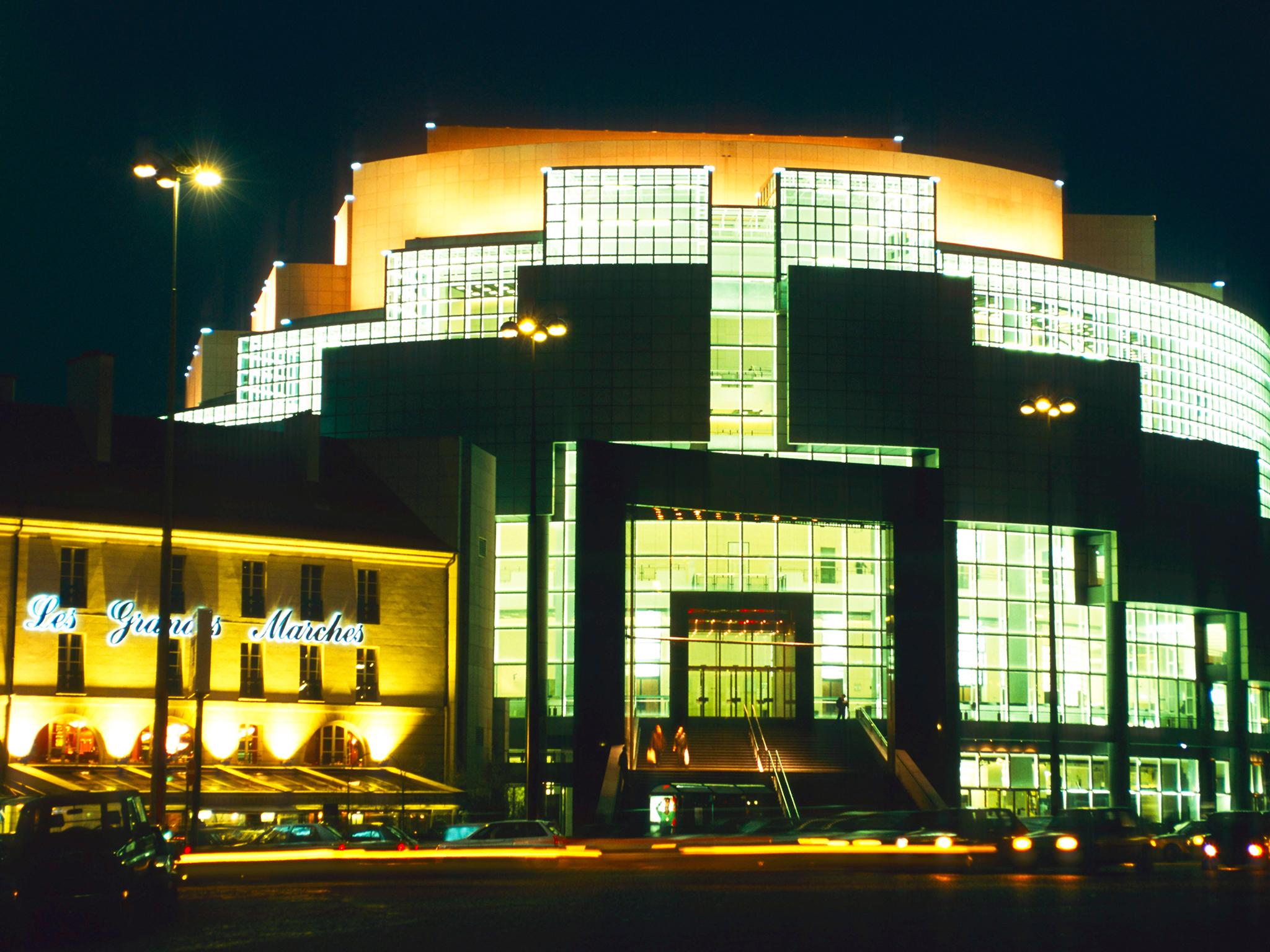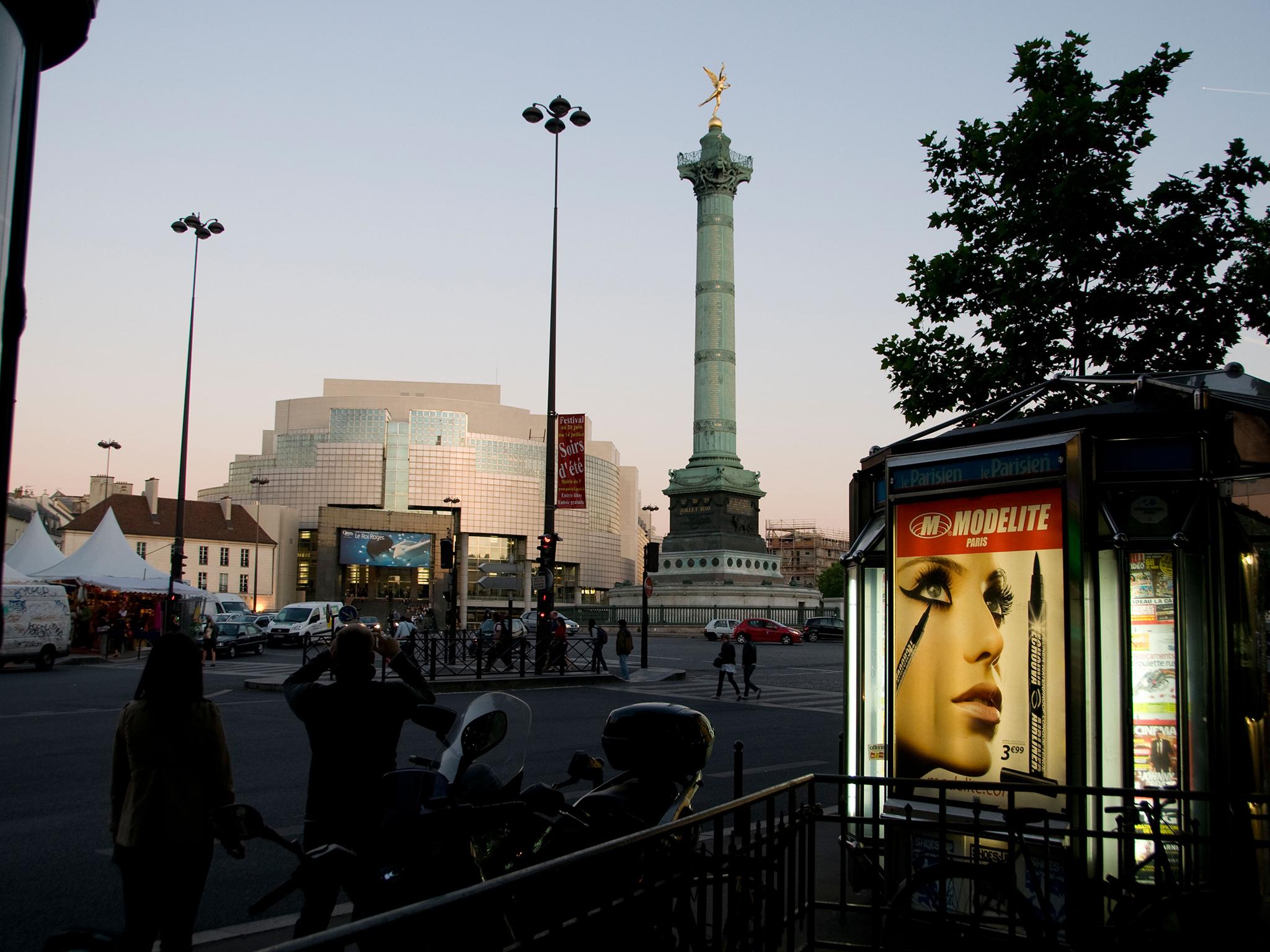Why the ugliest opera house in Europe was worth building

Your support helps us to tell the story
From reproductive rights to climate change to Big Tech, The Independent is on the ground when the story is developing. Whether it's investigating the financials of Elon Musk's pro-Trump PAC or producing our latest documentary, 'The A Word', which shines a light on the American women fighting for reproductive rights, we know how important it is to parse out the facts from the messaging.
At such a critical moment in US history, we need reporters on the ground. Your donation allows us to keep sending journalists to speak to both sides of the story.
The Independent is trusted by Americans across the entire political spectrum. And unlike many other quality news outlets, we choose not to lock Americans out of our reporting and analysis with paywalls. We believe quality journalism should be available to everyone, paid for by those who can afford it.
Your support makes all the difference.The Opéra Bastille was a laughing stock before it was even built.
Turning 30 this year, the larger and more modern of the Paris Opera’s two theatres is widely regarded as one of the ugliest in Europe. And the comically embarrassing story of its origin – which even Stéphane Lissner, the company’s director, tells through chuckles – begins with a mistake.
The long-serving French President François Mitterrand ordered a new opera house to be built in the early 1980s as one of his Grands Projets, like the IM Pei-designed Louvre Pyramid and the Grande Arche of La Défense. After receiving more than 700 proposals, with the architects’ names kept hidden, Mitterrand and his aides chose a design they thought was by Richard Meier, then a star (and now disgraced).
It wasn’t by him.

The name that was unveiled was Carlos Ott, a relatively unknown Uruguayan-Canadian architect who didn’t have any major credits on his CV. But Mitterrand moved forward with the project, committing to a behemoth that became the third-largest building in the city after two other Grands Projets – the enormous Bibliothèque Nationale and the Ministry for the Economy and Finance.
Originally planned for the Parc de la Villette area on the outskirts of Paris – where Jean Nouvel’s Philharmonie concert hall opened in 2015 – the theatre was moved to the Place de la Bastille, where the famous prison once stood. The location made sense for the opening date, meant to coincide with the 200th anniversary of the start of the French Revolution, when the prison was stormed by insurgents. And by the 1980s, the Bastille was a working-class area; this new opera house was conceived with a broadened public in mind.
On that front, the Opéra Bastille has been a success: the average age of its audience is nearly 10 years less than that of the Metropolitan Opera, and it is not unusual for the Paris Opera to sell out both the 19th-century Palais Garnier (its 2,000-seat house in the expensive centre of town, now primarily home to ballet and small-scale opera) and the 2,700-seat Bastille.
“I think a lot of people don’t like the building,” Lissner says. “But the big majority today believes it was worth it, because a lot of people are able to go to the opera.”
But while the Bastille has been a blessing in some respects, providing a wealth of new spaces for rehearsals and workshops, it has been glumly tolerated and mocked for virtually all of its existence.

The eminent French critic Christian Merlin, who attended the earliest productions at the Bastille, recalled finding the building “impressive but cold and grey, somewhat anonymous”. Lissner said it is “absolutely not convincing, aesthetically, from the outside”.
Inside is not much different. Even entering is a challenge: the door appears to be on the second floor, accessible by way of a grand staircase. But it’s rarely used, and newcomers are left to find the real entrance on the ground floor. (On a recent visit for the opening night of a new production of Berlioz’s Les Troyens the stairs were closed off with bright yellow tape.) Despite the building’s size, the lobby spaces are narrow, crowded and brightly lit; it is nearly impossible to make it through an entire intermission without being pushed.
The theatre itself, which occupies only about 5 per cent of the building, is devoid of warmth: its stone walls and fixtures have all the charm of a hotel convention centre. (Ott, in a mid-2000s interview with the newsletter of the Institut François Mitterrand, said this was because he “didn’t want anything to detract from the performance”.) Balcony seats were designed to offer clear views of the stage – which they do, at the cost of some vertigo.
Singers and directors alike must contend with the cavernous space. Manuel Brug, a German critic who has been visiting the theatre for years, said it is “not possible to be intimate” there. In Les Troyens, for example, only mezzo-soprano Stéphanie d’Oustrac, as Cassandre, seemed at ease penetrating the orchestra and filling the hall. The production’s director, Dmitry Tcherniakov, overcame the Bastille’s dimensions by pushing the cityscape of Troy extremely far back, opening up the rear of the theatre to give the set the depth of three stages.

“Everything has to always be big,” Brug said. “You have to have a kind of energy as a director that you don’t get swallowed by it.”
Compare this with the Palais Garnier, commissioned by Napoleon III and designed with neo-Baroque opulence. A visit there is a step out of modernity and into a fairytale. Not an inch of the gilded grand foyer is left undecorated; the nearby Salon du Soleil is a magical space with facing mirrors that create the illusion of a candlelit abyss.
Inside the theatre, which is densely packed with plush red seats, a monumental chandelier – the one that inspired the climax of Andrew Lloyd Webber’s musical The Phantom of the Opera – hangs from a ceiling magnificently painted by Chagall. The acoustics are forgiving, and conducive to jewel-box productions such as a new staging of Scarlatti’s oratorio Il Primo Omicidio, which had its premiere the night before Les Troyens.
© New York Times
Subscribe to Independent Premium to bookmark this article
Want to bookmark your favourite articles and stories to read or reference later? Start your Independent Premium subscription today.
Join our commenting forum
Join thought-provoking conversations, follow other Independent readers and see their replies
Comments